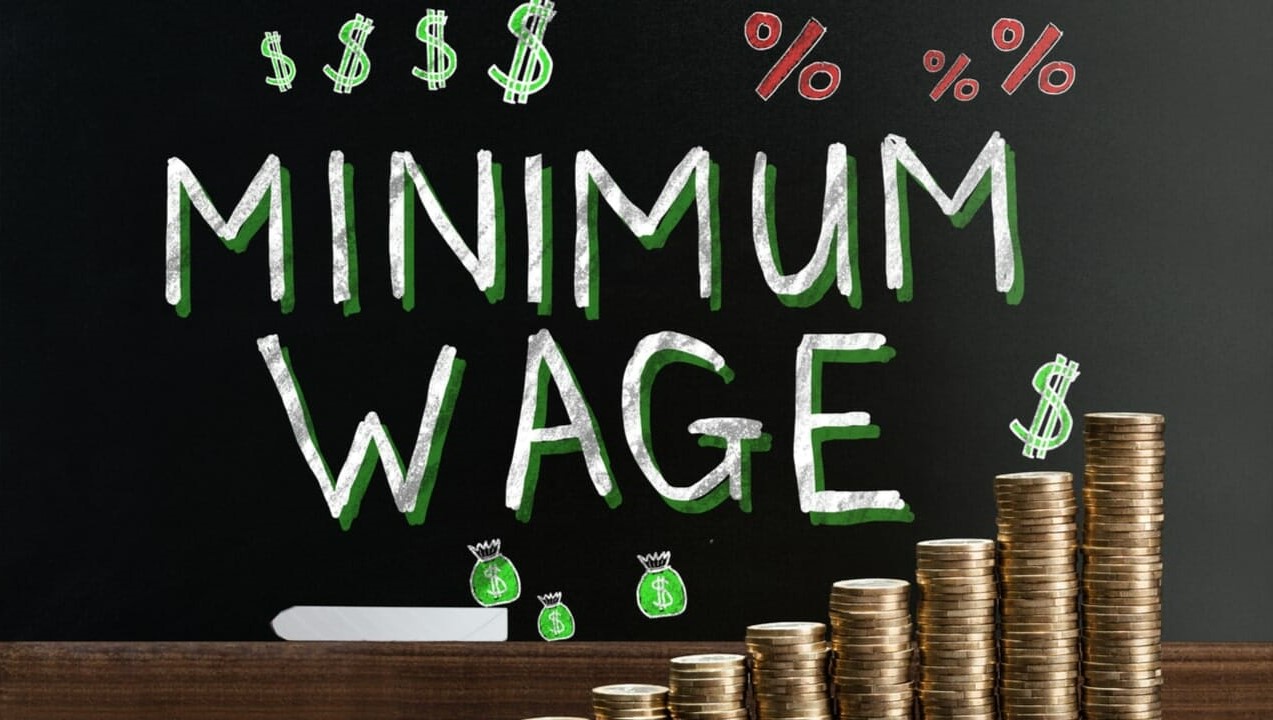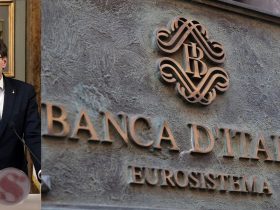A measure of pay and benefits that the Federal Reserve has been monitoring closely amid a robust labor market increased less than anticipated at the end of 2022, according to new data released on Tuesday.
The Employment Cost Index rose by 1 percent in the final quarter of 2022 compared to the previous three months, slower than the 1.1 percent economists had forecasted and down from the previous quarter’s 1.2 percent increase.
This data is likely to reinforce the view among central bankers that the economy and labor market are cooling, which could help inflation normalize over time.
Although wage growth remains faster than usual, the deceleration could lead central bankers to adjust interest rates more conservatively than they did throughout 2022.
The employment cost index increased by 5.1 percent year-over-year, close to the 5 percent reported in the previous quarter. Over the decade leading up to the pandemic, the index averaged annual gains of 2.2 percent, highlighting the current rapid pace.
However, a measure of private-sector wages excluding benefits, which economists view as a particularly reliable indicator of labor market tightness, showed a slight slowdown.
Fed officials are carefully observing the labor market—especially wages—as they assess how much further they need to go in their effort to combat persistently high inflation.
Although price increases for goods related to supply chain issues are beginning to diminish, central bankers remain concerned that fast wage growth could keep service costs rising quickly.

Labor represents a significant expense for service industries, such as hotels and restaurants, and higher wage costs may be passed on to customers in the form of increased prices. Larger paychecks could also sustain consumer demand, thereby exerting continued pressure on prices.
The Fed’s next interest-rate decision will be announced on Wednesday. Central bankers are widely expected to increase rates by a quarter of a percentage point, following a series of three-quarter-point hikes throughout much of 2022 and a half-point increase at their last meeting in December.
This adjustment would raise rates to a range of 4.5 to 4.75 percent. The key question now is how many additional rate hikes the Fed will implement and how long policymakers will maintain high interest rates.
Higher borrowing costs can deter consumers from making significant purchases and businesses from expanding, potentially slowing the economy and weakening the labor market.
The Fed aims to cool the economy just enough to restore balance between supply and demand, which would help moderate inflation without triggering a severe recession. However, officials have indicated they are prepared to accept some economic pain to bring price increases under control.
They have emphasized that a slowdown in the labor market is necessary to achieve a more sustainable inflation trajectory.
“We want strong wage increases,” said Jerome H. Powell, the Fed chair, at his last news conference in December. “We just want them to be at a level that’s consistent with 2 percent inflation,” referring to the Fed’s target inflation rate.
Currently, the rate of price increases in the U.S. remains significantly higher, at 5 percent. Mr. Powell will hold another news conference on Wednesday following the Fed’s rate decision announcement at 2 p.m. Eastern time.







Leave a Reply